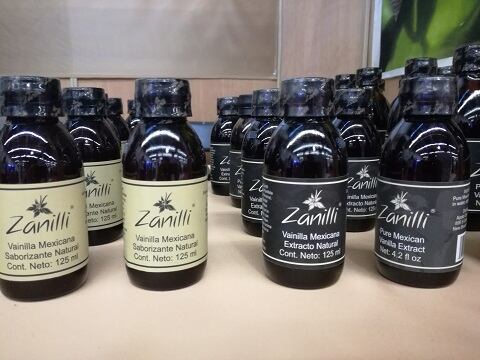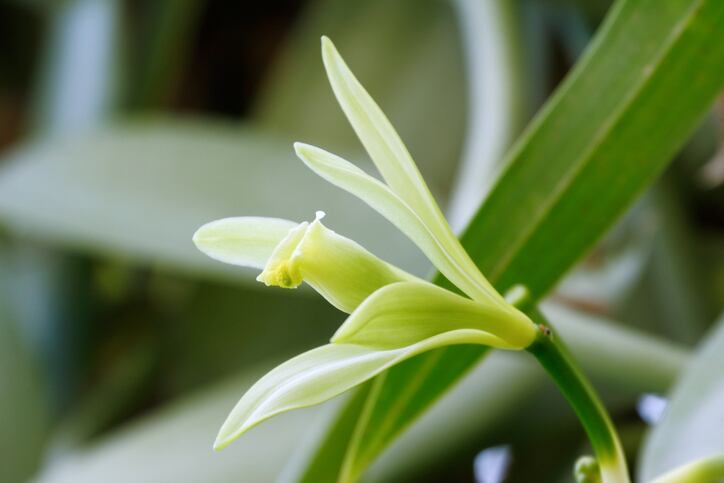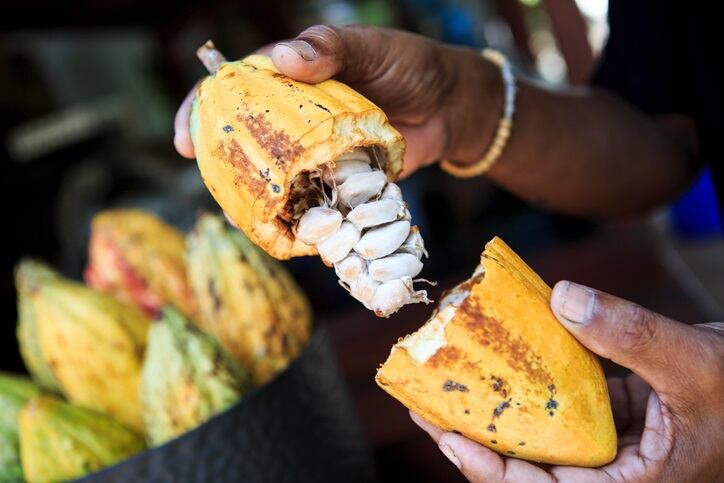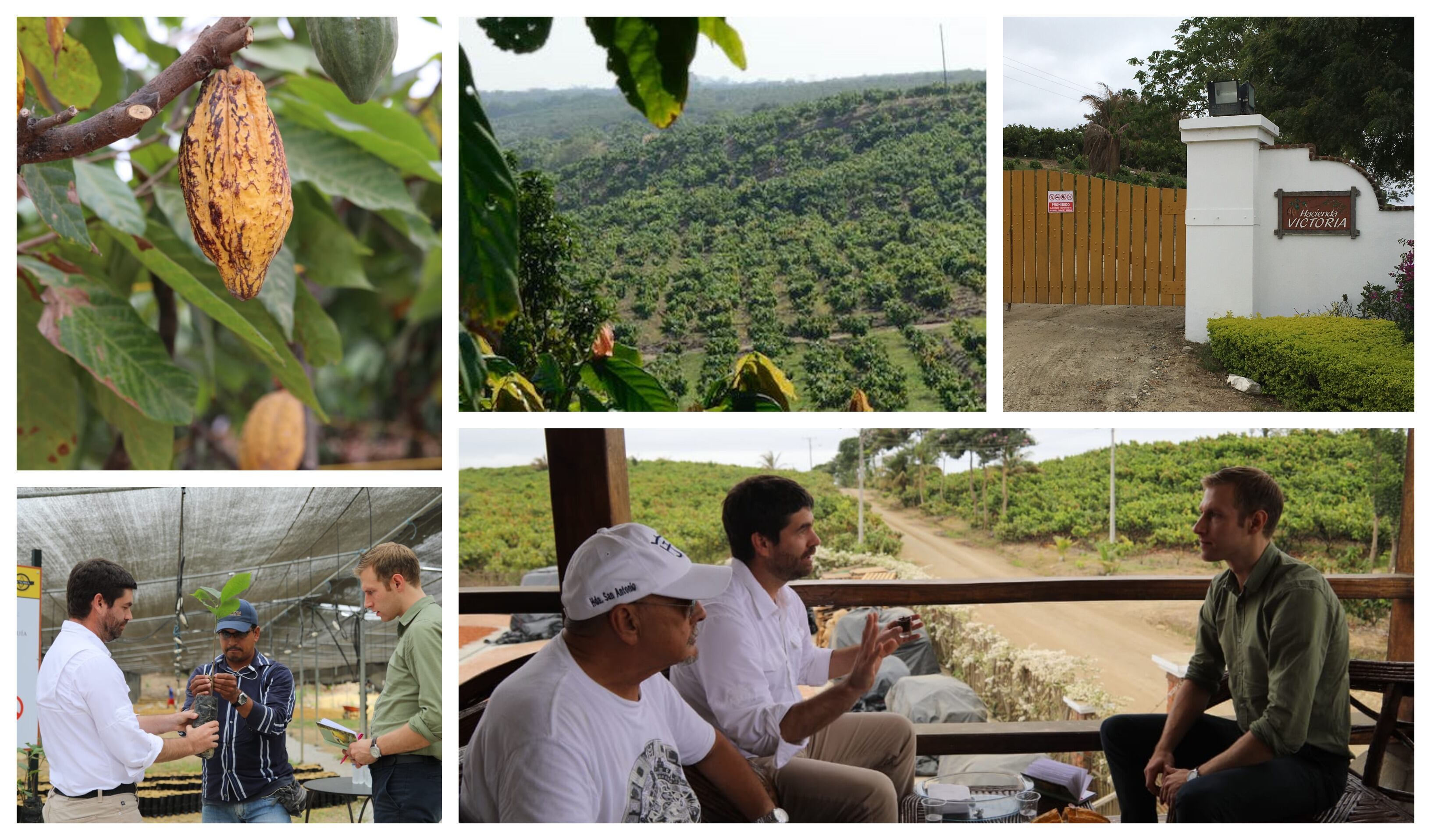Headquartered in Monterrey, Zanilli Mexicana is a family company founded in 2002. Its CEO and founder, Alejandro Riano, started out growing vanilla but, when the price fell, decided to begin manufacturing the higher-value extract.
“[I also wanted] to create a market in Mexico for natural vanilla because here almost all the vanilla used is cheap, artificial flavoring," he said, speaking to FoodNavigator-LATAM at Antad Alimentaria in Guadalajara, Mexico.
'Vanilla is a flavor, not a smell'
Today, Zanilli sources its vanilla pods from around 3,000 farmers in the Veracruz region. It buys the pods already dried and cured, then cleans them, extracts the vanilla and bottles the final ingredient.

“At first it was hard to get people to understand this [natural] vanilla was different. It was their habit; people thought the other brands were real vanilla. But when they tasted the flavor that changed their minds.”
“Vanilla is a flavor, not a smell," Riano added. "So artificial vanilla might smell the same but the taste is very different, and not as good."
Chocolate and spice notes
The aromatic flavor between vanilla from Mexico and Madagascar – where most of the world's vanilla comes from – is also different, Riano said.
“In Madagascan vanilla, there is one note that dominates and that is vanilla or vanillin, the natural component in the vanilla [orchid]. In Mexican vanilla there is not one note that dominates, the flavor is more homogenous.”
The aromatic notes in Mexican vanilla evoke different flavors such as chocolate, spices, and vanilla, and are more balanced and rounded, said Riano.
The same plant, Vanilla Planifolia, native to Mexico, is used to produce the spice in both countries. Riano suggested the difference in flavor could be down to climate or soil type.
“When you buy habanero chili from Yucatan, for example, it’s very spicy but if you buy it in Veracruz it isn’t. I think it’s because of the soil, the humidity, many factors.”
These different flavor notes and the price - Madagascan vanilla is cheaper than Mexican vanilla – are the main differences between the two, said Riano.
But one flavor is not necessarily better than the other, he added.
“It really is like wine. Some people prefer one type of wine and others prefer a different type. There is a market for everything.”
Competing with artificial vanillin
Zanilli, which means ‘legend’ in the indigenous nahuatl language, does not need to compete with the cheaper Madagascan vanilla because it is not imported into the country.
It does have to compete with the much lower price of vanillin, however. A 125 ml bottle of artificial vanillin costs around MXN$10 while the same quantity of natural vanilla extract sells for around MXN$120, said Riano.
Nevertheless, around 60% of Zanilli’s sales are in Mexico. It began exporting to the US three years ago, and the country now accounts for around 40% of its sales. It also exports small quantities to Taiwan and Europe.
Zanilli manufactures natural vanilla extract in water and natural vanilla concentrated flavoring (both with 35% ethyl alcohol), available in B2C and B2B formats.
One of its biggest B2B customers is the second largest flavor company in the world, Riano said.
Black flower
The indigenous Totonac people began producing vanilla in the Gulf of Mexico, trading it with the Aztecs, says Zanilli.
The Aztecs called it tlixochitl, meaning ‘black flower’, and used it to prepare xocolatl, a drink made with cocoa and vanilla.
In order to produce a pod, filled with tiny, aromatic vanilla seeds, the Vanilla Planifolia orchid can be pollinated by the Melipona bee or hummingbirds.
Such specific growing conditions meant that, for centuries, Mexico was the only producing country.
In 1841, however, a 12-year-old slave called Edmond Albius on the French-owned Bourbon Island (present-day Reunion Island) discovered a method to pollinate the orchid by hand. This opened the door to global vanilla cultivation in any country with the right climate.
For many years, Madagascar dominated global vanilla production. Cyclones damaged supplies there in 2003 and 2017 causing prices to fluctuate wildly. According to commodity analysis company Mintec, the price per kilo in January 2018 was US$612.50 compared to US$25 per kilo in 2010.
The country still dominates global production but suppliers have since sought to diversify their sourcing, and Indonesia is now a significant producer.
Madagascar produced 3,227 tons of vanilla in 2017, followed by Indonesia (2,402t), China (662t) and Mexico (515t), according to data from the United Nations’ Food and Agriculture Organization (FAOSTAT),



